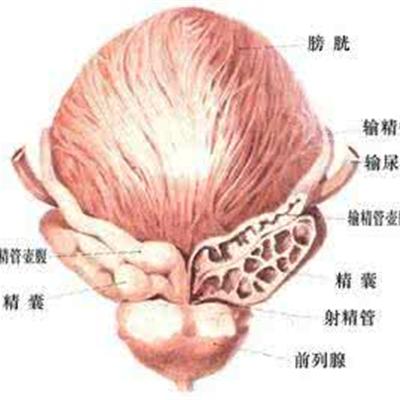Three symptoms of tremor paralysis?
summary
Parkinson's disease, also known as idiopathic Parkinson's disease, or Parkinson's disease for short, also known as tremor paralysis, is a common neurodegenerative disease in the middle-aged and elderly people, and is also the most common extrapyramidal disease in the middle-aged and elderly people. Three symptoms of tremor paralysis? Let's share my experience with you.
Three symptoms of tremor paralysis?
Tremor: the most common symptom of Parkinson's disease, unilateral or bilateral arm involuntarily shaking. In addition, legs, feet or chin also have shaking phenomenon. A little movement is shaking parts, will make the degree of shaking to reduce, usually do not appear during sleep shaking.

Muscle rigidity: the limbs and body of patients with Parkinson's disease usually lose flexibility and become stiff. The early stage of the disease usually starts from one limb. In the early stage, I felt that one limb was inflexible, stiff and sour, and gradually aggravated, and it was difficult to slow down or even do some daily life movements. If you pick up the patient's arm or leg and help him move his joints, you will obviously feel his limbs stiff and it is difficult to move his joints.

Limb stiffness: can lead to muscle contracture, because the brain sends a relaxation message to the muscle tissue. Muscle stiffness can cause muscle pain or inability to straighten. Slow movement is another common symptom. It takes a little effort to get up and down, stand or sit down. When you walk, you can't walk, but you can walk with small steps. Parkinson's disease patients sometimes have "freezing", that is, the feeling that they can't move autonomously. Blinking, facial expression changes, arms swinging when walking and other unconscious behaviors will be slower than normal people.

matters needing attention
Slow motion: This is the core symptom of Parkinson's disease, and it is also an essential standard for neurologists to diagnose Parkinson's disease. In the early stage, due to the rigidity of the upper arm and finger muscles, the patient's upper limbs often can't do fine movements, such as untiing the shoelaces, buttoning and other movements become much slower than before, or can't complete smoothly at all.









